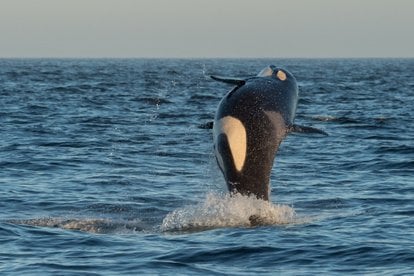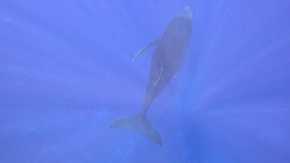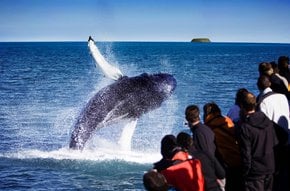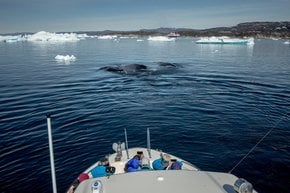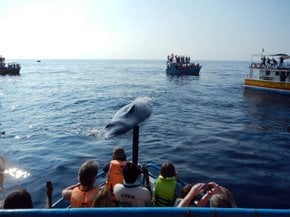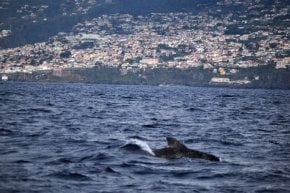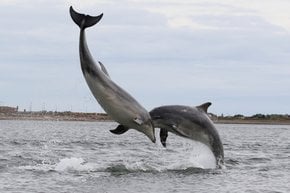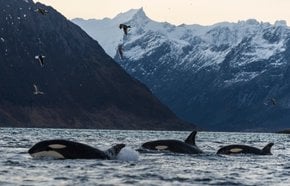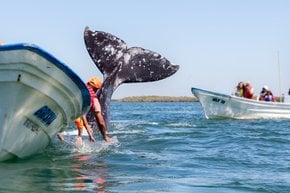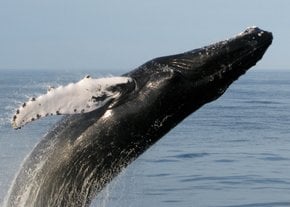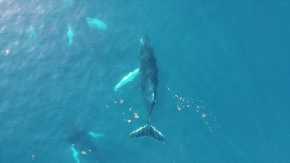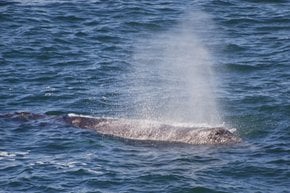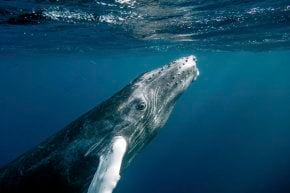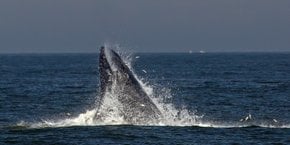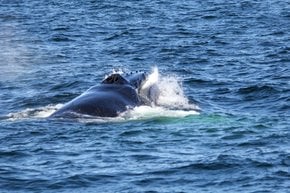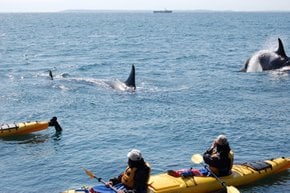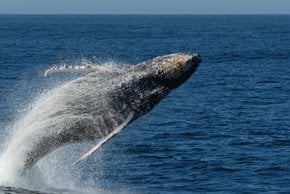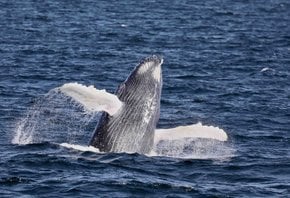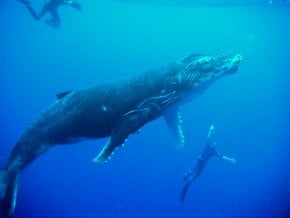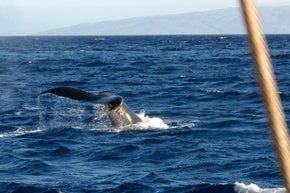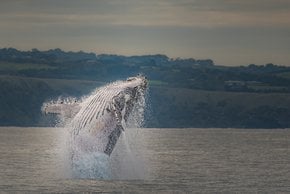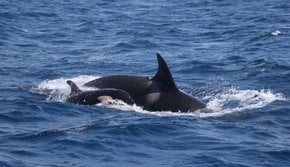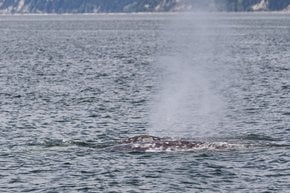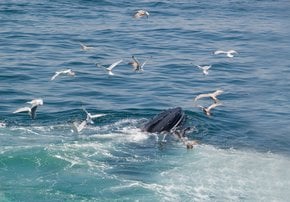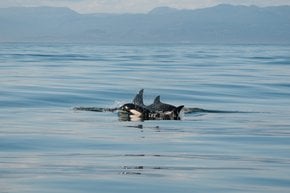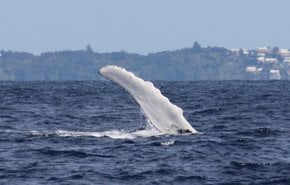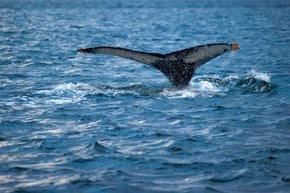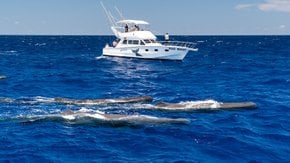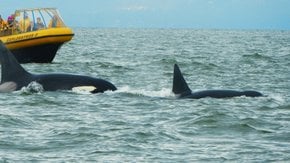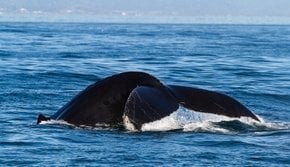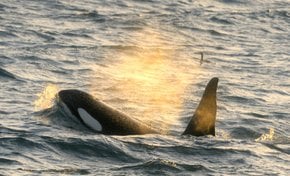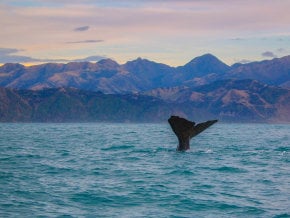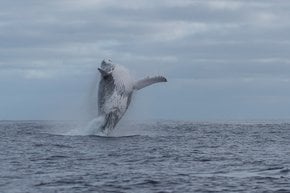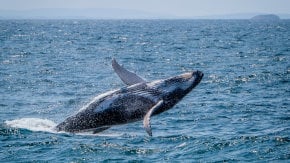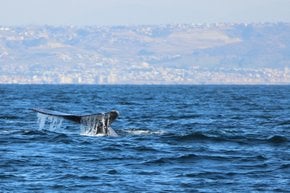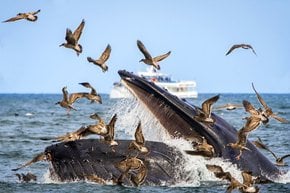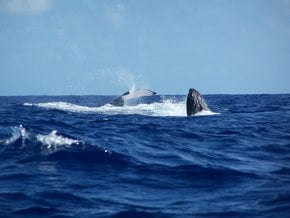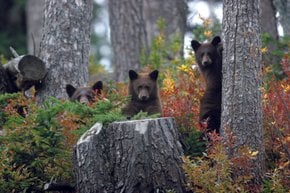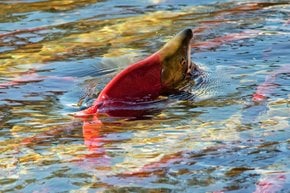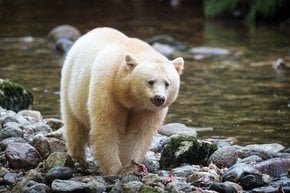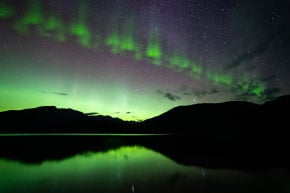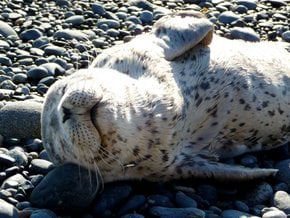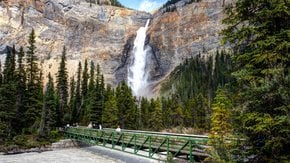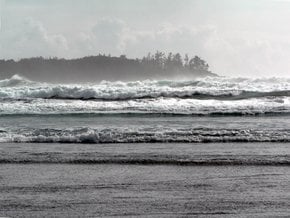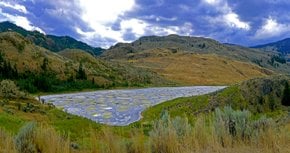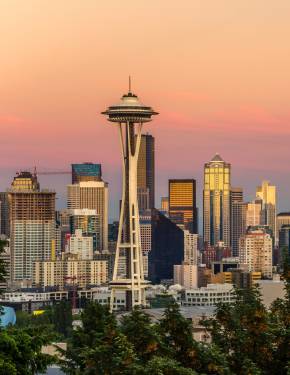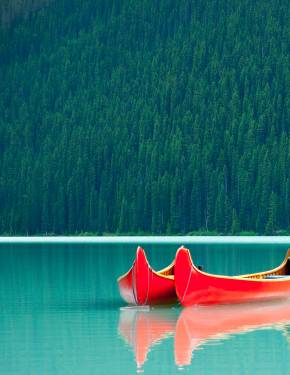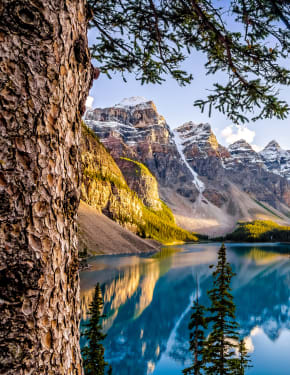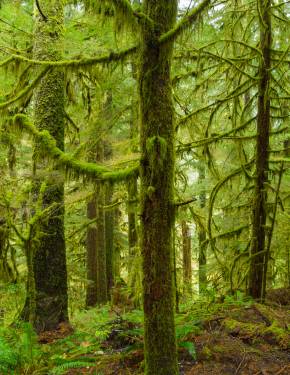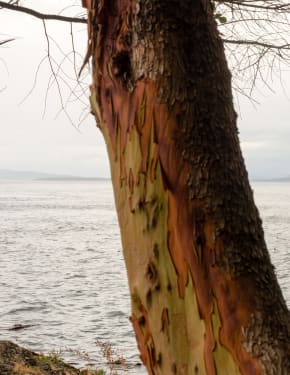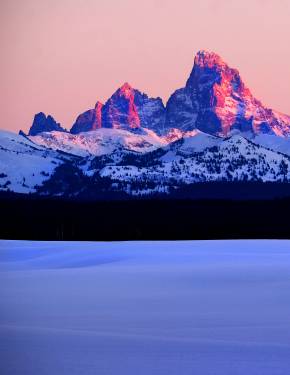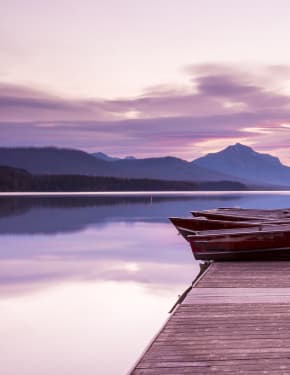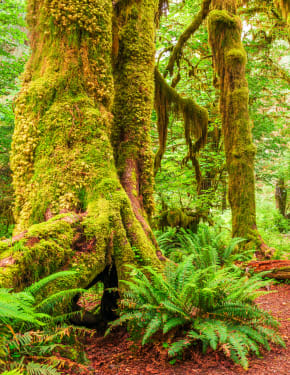Whale Watching in British Columbia 2026
One of the best places in the world to spot killer, gray or humpback whales
Best time: March–October (best options in mid-July–October)
British Columbia is one of the world’s best locations for whale watching. Thousands of whales migrate through the Vancouver coastal waters every year from March to October. The greatest variety is observed between mid-July and October. Many whale species use these northern waterways as their feeding grounds, including humpback, orca, gray, and minke whales. Whale-watching tours are quite popular among tourists wanting to observe gentle giants in their natural habitat. Many operators offer whale-watching excursions around the Gulf Islands and San Juan Islands. You can also spot whales from a kayak or seaplane, but the success rate is lower than on a tour.
Whale Watching Season
Several species of whales can be spotted in the coastal waters of British Columbia from March through November. However, these mammals are most active from late April through late September-October, with a peak in mid-summer until mid-fall. During this time, the temperatures are mild, offering the best conditions for the whales. Killer whales, also known as orcas, swim along the coast of the province year-round, while humpback whales mainly stay in the area from April until November.
From March through June, gray whales can be spotted during their annual migration to Alaskan waters. Fin whales are rarer, but they still frequent the province from May to October. Minke whales enjoy the BC coast throughout the year but show most activity from May to October.
Whale Watching Tours
Many whale watching tours leave directly from Victoria's beautiful Inner Harbour. Choose between a high-speed zodiac or a comfortable cruiser boat to search for whales in the Gulf and the San Juan Islands. The success rate of whale-watching tours in British Columbia can reach as high as 95%. If for some reason you didn't spot a whale, most tours offer a free whale watching tour to fulfill your dream. The expeditions generally last 3-5 hours and offer food and beverages on board.
Vancouver
During a whale-watching season, tours regularly depart from the Coal Harbour in downtown Vancouver into Haro Strait and the Strait of Juan de Fuca. Other locations are Granville Island and Richmond’s Steveston Village. Boats usually head to the southern Gulf and San Juan islands. Sometimes you can see a whale in False Creek or English Bay. The success rate of Vancouver whale-watching tours is around 90% from June through October.
Tour operator Vancouver Whale Watch offers tours from Steveston with a route passing through the Strait of Georgia and the Gulf Islands. The success rate of whale sightings is 98%. Tours begin in early April and continue until late September. Tickets vary around $179 for adults, $159 for students and people over 60 years old, and $105 for children. The ships generally depart at 9 am, 12 pm, and 2 pm.
Tofino
Wildlife enthusiasts can head to Tofino to combine whale-watching with a ground excursion on the beautiful shores of Clayoquot Sound. Bears and eagles often come out of the forest to feed on the beaches. This area is famous for gray whales but also migrating orcas and humpbacks. Nearby Ucluelet has several operators that go to Barkley Sound to spot gray whale pods that feed there.
Tofino Whale Center organizes both whale and bear-watching expeditions. Whale-watching tours kick off in March and span through late October. There are several boating options, including an open boat, a Cabin Cruiser boat, and a 12-seat heated ship. Tickets cost $159 for adults, $149 for seniors over 65 years old and children between 13 and 18 years old, and $129 for children under 12 years old. Children under two are not allowed to participate in a tour.
Sooke near Victoria
One of the best spots is in Sooke, located an hour northwest of Victoria. Local boats take tourists on a whale-watching trip into the Strait of Juan de Fuca, boasting a large resident whale population. The tours are approximately 3 hours, lasting from June through October. The success rate is estimated to vary around 97%. The tour costs $149 for adults, $139 for children between 12 and 18, and $129 for children between 5 and 11 years old.
Orcas & Other Wildlife Sightings
Orcas are the most numerous whales seen in the waters around Vancouver Island. There are resident pods of 100 of these whales feeding on salmon in the Strait of Georgia, the Johnstone Strait, and the Gulf Islands, and also smaller pods of migrating orcas. Additionally, nature lovers can spot sea lions, otters, dolphins, and birds. Porpoises, harbor and elephant seals are a quite common sight on whale-watching trips as well.
Other Places to See Whales
Telegraph Cove on the northwest coast of Vancouver Island is famous for its orcas population. There is also the Whale Centre with lots of information on sea mammals and other marine life. Around 200 orcas use the sheltered waters of Johnstone Strait and the Broughton Archipelago to feed on fish and krill. Humpbacks are also seen in the area, as well as sea lions and porpoises. Take a kayak trip with First Nations to be closer to local sea life.
Prince Rupert, on the northern coast of British Columbia, is a 16-hour drive from Vancouver. But it will be faster on a ferry from Port Hardy in the north of Vancouver Island. A remote protected area boasts fantastic wildlife. The Inside Passage attracts gray whales, orcas, and humpbacks. There is also the Khutzeymateen Grizzly Sanctuary to see onshore. Mid-July through October is the best time to explore Prince Rupert.

